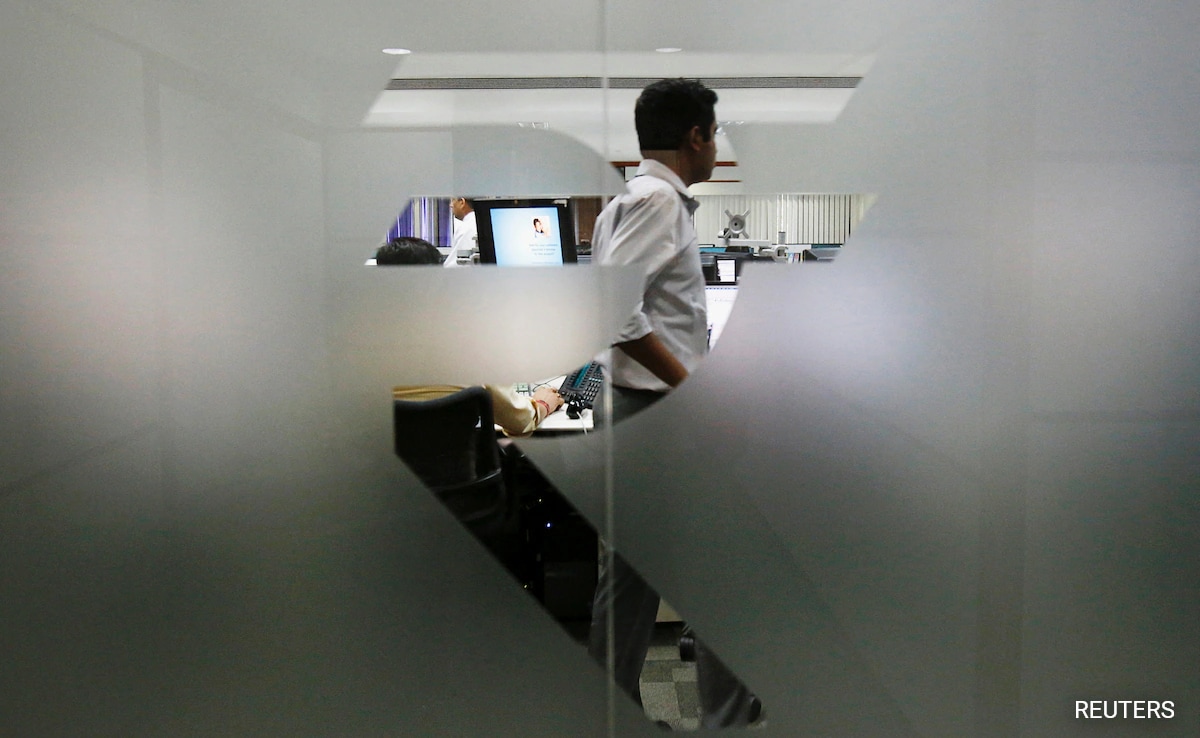A breakup of where the government gets its money from and where it spends it. (Representational)
Finance Minister Nirmala Sitharaman today presented the Government's last Budget before the general elections. The Budget 2024, an interim before a new administration takes oath, focussed and infrastructure and long-term reforms to drive growth.
The Budget has increased the capital expenditure outlay to 11.1 per cent to Rs 11.11 lakh crore. The government resisted any large giveaways and said it would reduce its fiscal deficit to 5.1 per cent of GDP in 2024-25 from 5.8 per cent this year.
The Government will borrow a gross of Rs 14.13 trillion in the fiscal year starting April 1, compared with Rs 15.43 trillion for the current fiscal, Nirmala Sitharaman said.
A Breakup Of Where The Government Gets Its Money From And Where It Spends It:
Where Does Rupee Come From?
The Budget presented on Thursday stated that the borrowings and other liabilities constitute the highest income procured by the Centre, 28 per cent of the total income. Next is Income Tax (18 per cent) followed by GST (18 per cent ) and Corporation Tax (17 per cent). Non-tax receipts like rent, penalties and fines comprised 7 per cent of the total income. Union Excise Duties (five per cent), Customs (four per cent) and Non-Debt Capital Receipts (one per cent).
When it comes to expenditure, the highest amount goes towards paying interest and the money given to the states in the form of taxes and duties, accounting for 20 per cent each of the total expenditure. Allocation towards the central sector schemes is the next expense comprising 16 per cent of the total expenditure. It is followed by Other Expenditures (nine per cent), Defence, Central Sponsored Schemes and Finance Commission and other transfers (at eight per cent each) and subsidies at six per cent.
Nirmala Sitharaman declared that the Indian economy has undergone a profound positive transformation over the last decade. "Indian economy witnessed a profound positive transformation in the last 10 years," she said.
The Finance Minister concluded her budget presentation with a positive outlook, signalling the government's determination to continue fostering inclusive growth and development.
The Budget 2024 is expected to undergo thorough scrutiny and debates in the coming days in the Parliament, as stakeholders assess its potential impact on the nation's economic trajectory.






Leave a Reply